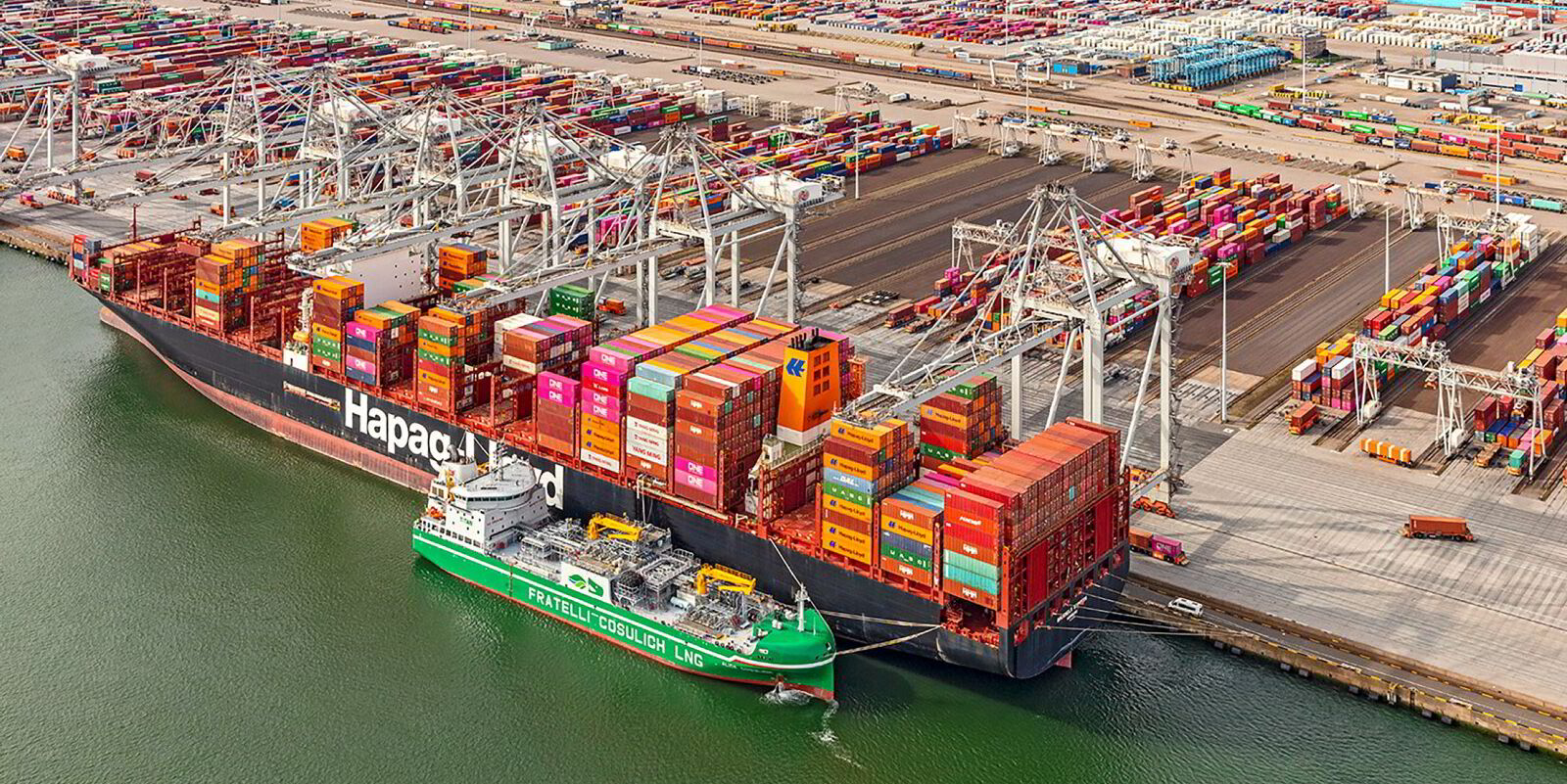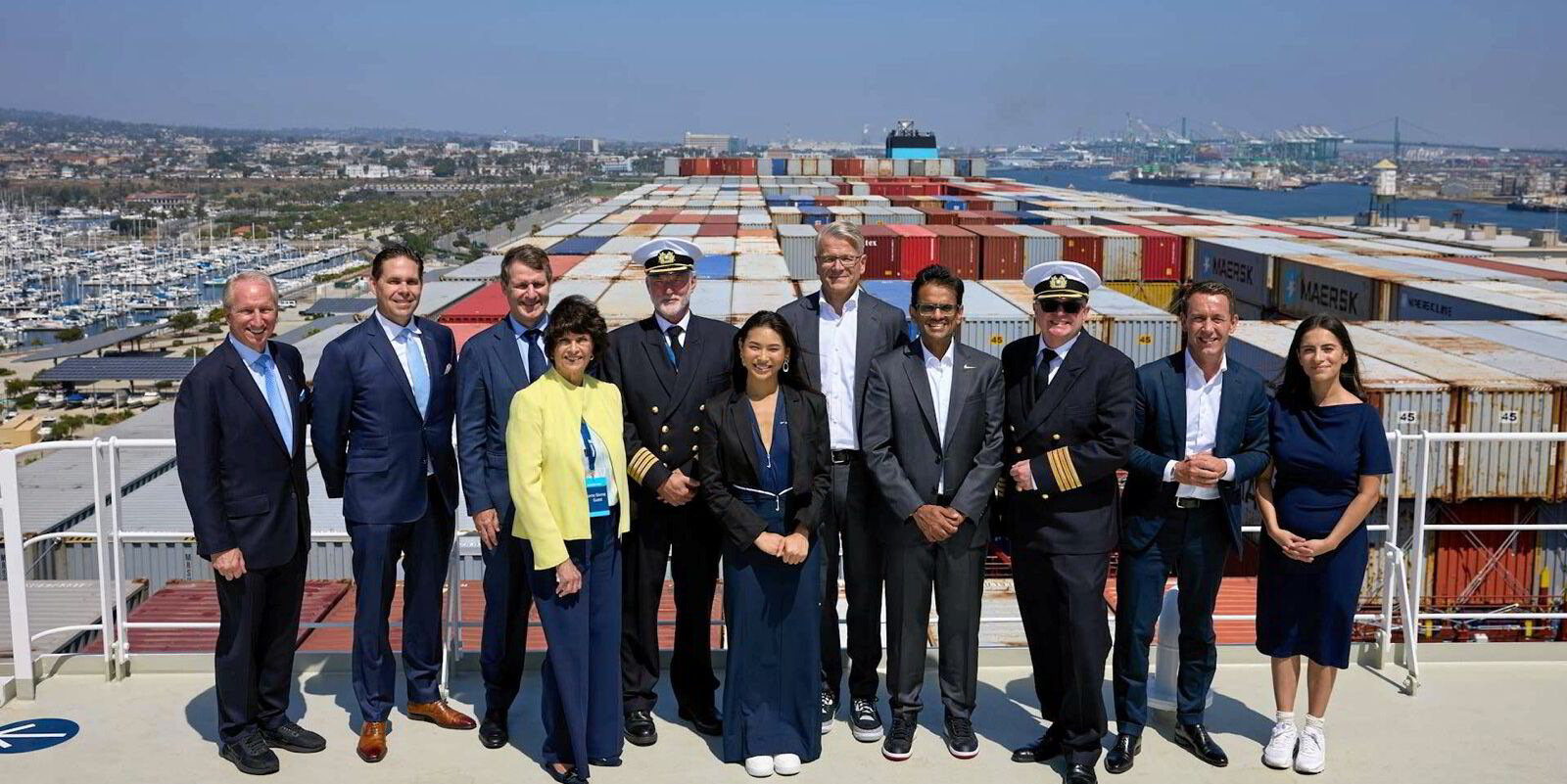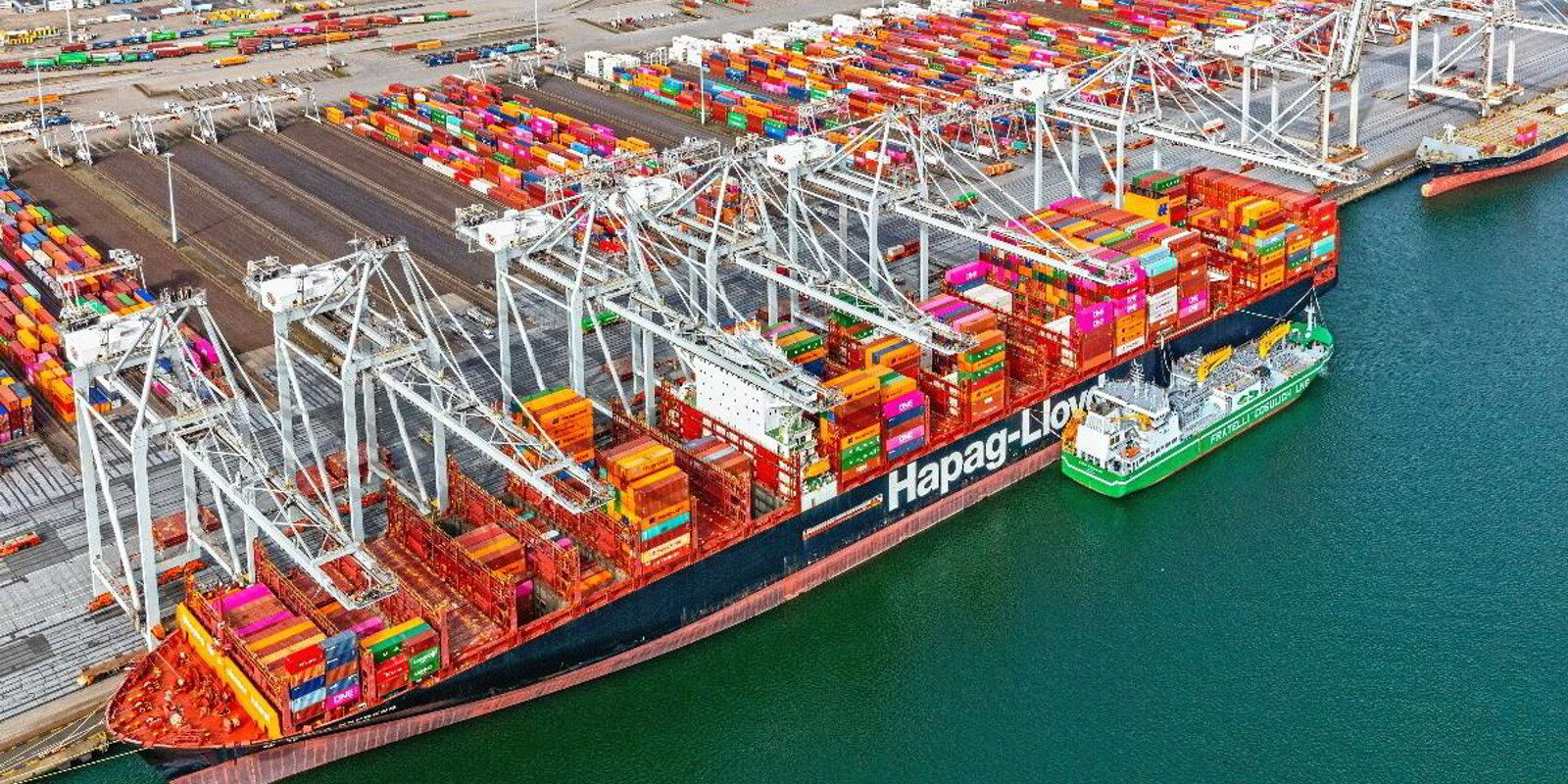We stand at a crossroads. As the world intensifies efforts to mitigate climate change, traditional marine fuels are becoming ever less viable.
Meanwhile, as we wait for zero-carbon fuels to build availability at scale, our industry needs a fuel solution to reduce its carbon intensity today.
With the present rate of alternative fuel infrastructure development, I wouldn’t discount LNG as the likely go-to solution for many years. After all, it is the only alternative fuel today that satisfies the three boundary conditions of safety, availability and supply chain, and infrastructure.

LNG is the cleanest fossil fuel. It emits no particulates, much less CO2 than oil, almost no nitrogen oxide and zero sulphur dioxide. LNG offers a clear reduction in emissions compared with traditional marine fuels and is an attractive option, particularly in regions with stringent air quality regulations.
As a result, adoption of LNG is already underway. More than 300 LNG-fuelled vessels are in operation worldwide and hundreds more are on order.
The economics of LNG are also favourable, particularly given the volatility of oil prices and the increasing cost of compliance with environmental regulations. With an established and expanding global bunkering infrastructure, LNG is positioned as a viable, scalable alternative to heavy fuel oil.
However, for such a key fuel for the energy transition, it is important to recognise it is itself a fuel in transition. And we will need to address and mitigate the risks inherent in its operation today if we are to reach our 2050 objectives.
Great progress is being made in the development of technology to combat methane slip. However, by far the biggest challenge for LNG is the carbon atom at its core. And it is here that bio-LNG has the potential to be a game-changer. Derived from renewable sources such as organic waste, bio-LNG offers the potential for carbon-neutral shipping.
Bio-LNG is more than just a cleaner fuel; it’s a crucial component of the circular economy. Produced from waste products, it addresses waste management challenges and provides a sustainable energy source. The scalability of bio-LNG production is promising, with research focused on increasing yields and reducing costs.
Not only can bio-LNG be used as a drop-in fuel in existing LNG-fuelled engines, it can also be transported, stored and bunkered in ports using existing LNG infrastructure.
If it is blended with fossil LNG, bio-LNG could cover up to 16% of total energy demand in 2030 and 63% in 2050, assuming a 20% blending ratio, according to a recent study.
This makes bio-LNG a critical piece of the puzzle in shipping’s quest for sustainability.

But this is just the beginning of LNG’s potential to contribute to the energy transition.
The feedstock of blue hydrogen is methane after steam reforming, when the CO2 produced in the process is captured.
While we are scaling up global production of zero-carbon green hydrogen, blue hydrogen — and by extension LNG — will have a critical role in filling the gap.
In fact, with its lower carbon content, LNG is well suited to carbon capture. As a result, carbon capture, utilisation and storage promises to significantly extend its compliance performance.
And then there’s the exciting potential of synthetic or e-LNG, which can be generated at scale by combining green hydrogen with climate-neutral CO2. Synthetic LNG is chemically identical to fossil LNG, but carbon-neutral.
Despite the clear benefits, the adoption of LNG in all its forms is not without challenges.
Technologically, the transition requires substantial investment in new engines or retrofits, as well as specialised handling facilities.
Economic barriers include the upfront costs of conversion and the current price differential between LNG and traditional fuels.
While LNG is competitive in many regions, the global market remains volatile and long-term pricing is uncertain.
For bio-LNG, production costs are still higher than those of conventional fuels, though they are expected to decrease as technology advances and production scales up.
And we must guard against the unintended safety consequences of this rapid change, because safety is the ultimate boundary condition for any fuel.
Our industry is being remade around us by the drive to decarbonise, which is a powerful new shipping shaper.
Amid this, it is abundantly clear that LNG and bio-LNG are not just alternatives. They are essential components of this future.
These fuels offer a pathway to much lower emissions, reduced environmental impact, and compliance, all while maintaining operational efficiency. And, crucially, they are available today.
If you’re looking for a solution to your sustainability challenge, LNG may well be it.
Christopher Wiernicki is chairman and chief executive of American Bureau of Shipping
(Copyright)
Read more
- Green Seas: A one-on-one with IMO secretary general Arsenio Dominguez
- Is Nike taking its ‘Just Do It’ attitude to shipping emissions?
- Maersk CEO calls for IMO action as Olympic snowboarder names methanol-fuelled ship
- Vanguard of shipping companies invest in green fuel production
- Brussels turns screw on shipping’s polluters after anticlimactic carbon trading rules






